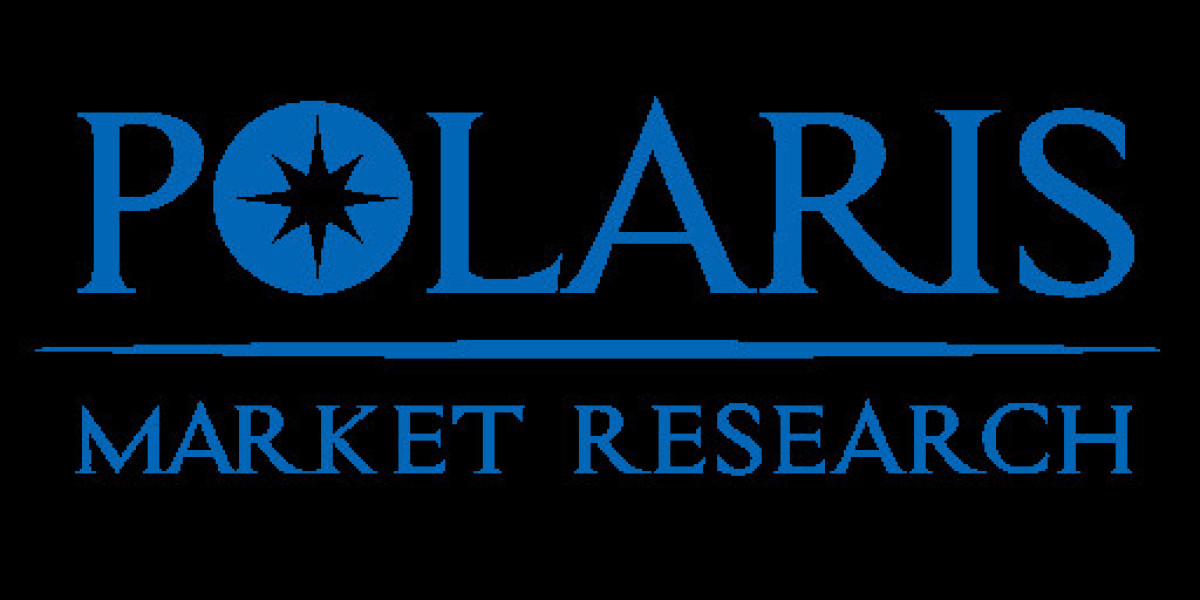The global prescription drugs market, valued at USD 1.16 trillion in 2024, is projected to expand at a CAGR of 6.94% between 2025 and 2034, driven by demographic transitions, innovation in therapeutics, and increasing healthcare expenditures. The scale and complexity of this market reflect the interplay of regulatory oversight, regional manufacturing trends, and demand across healthcare systems of varying maturity. Prescription drugs encompass small molecules and biologics that address chronic, infectious, and acute conditions, forming the cornerstone of global pharmaceutical care. With North America, Europe, and Asia Pacific leading consumption and production, the market is characterized by both opportunities in innovation and challenges tied to affordability, cross-border supply chains, and the geopolitical context shaping healthcare access.
North America represents the largest regional market, with the United States accounting for a significant share due to its high healthcare spending, advanced R&D ecosystem, and established reimbursement frameworks. According to the Centers for Medicare & Medicaid Services (CMS), U.S. healthcare spending surpassed USD 4.5 trillion in 2022, with prescription drugs forming nearly 10% of this total. The combination of patent-protected specialty medicines, biologics, and a steady pipeline of novel oncology, cardiovascular, and immunology drugs underpins regional demand. Canada complements the market through a highly regulated pricing environment that emphasizes cost containment while enabling access to innovative therapies through negotiated reimbursement programs. Europe follows closely, with Germany, France, and the United Kingdom representing the largest prescription drug markets. The European Medicines Agency (EMA) provides a centralized regulatory pathway, enhancing cross-border harmonization but also introducing challenges due to member state-specific pricing and reimbursement policies. Trade complexities post-Brexit further illustrate how regulatory fragmentation can influence market penetration strategies and pharmaceutical trade flows within the region.
Asia Pacific has emerged as the fastest-growing region in prescription drugs, propelled by the expansion of healthcare infrastructure in China, India, and Southeast Asia. China’s Healthy China 2030 policy underscores the government’s focus on improving access to innovative medicines, fostering domestic pharmaceutical production, and accelerating approvals of imported drugs. India, known for its strong generics manufacturing base, supplies a significant portion of the world’s affordable prescription drugs, reinforcing its position in cross-border supply chains. However, disparities in healthcare access and insurance penetration across Asia highlight the structural challenges in ensuring equitable distribution. Meanwhile, Japan continues to command a mature market with a focus on aging-related therapies, given that nearly 30% of its population is aged 65 or older. The Asia Pacific narrative underscores how demographic pressures and regulatory reforms converge to expand opportunities while necessitating strategic adjustments from multinational players.
Read More @ https://www.polarismarketresearch.com/industry-analysis/prescription-drugs-market
The prescription drug market is driven primarily by rising prevalence of chronic conditions such as diabetes, cardiovascular diseases, and cancer. An aging population further accelerates demand, particularly in developed economies where multimorbidity is prevalent. At the same time, advances in biotechnology and precision medicine are reshaping therapeutic options, creating opportunities in biologics and cell and gene therapies. Restraints include pricing pressures from government agencies and payers, alongside patent expirations that open markets to generic and biosimilar competition. Opportunities are evident in digital health integration, where data analytics and telemedicine enhance prescription adherence and enable patient-specific treatment optimization. Trends such as value-based care, collaborative R&D models, and regional reshoring of pharmaceutical manufacturing to reduce dependence on single-source supply chains highlight the market’s evolution.
Geopolitical considerations also weigh heavily on regional dynamics. The U.S. Inflation Reduction Act of 2022 introduces drug price negotiation for Medicare, directly impacting pharmaceutical revenues and reshaping long-term pricing models. In Europe, parallel trade and member-state negotiations exert downward pressure on margins, while national governments expand healthcare funding to address post-pandemic backlogs. Asia Pacific remains vulnerable to supply chain disruptions, as seen during the COVID-19 pandemic, which highlighted the risks of overreliance on active pharmaceutical ingredient (API) imports from China and India. Consequently, regional manufacturing trends increasingly reflect efforts to localize production and diversify sourcing as part of market penetration strategies.
The competitive landscape in prescription drugs is dominated by multinational pharmaceutical companies that combine scale, research intensity, and global distribution networks. These leaders maintain a commanding presence across multiple therapeutic categories while navigating region-specific challenges. The top players include:
- Pfizer Inc.
- Novartis AG
- Roche Holding AG
- Johnson & Johnson
- Merck & Co., Inc.
More Trending Latest Reports By Polaris Market Research:
Virtual Reality (Vr) In Gaming Market
Advanced Wound Care Management Market
Organic Food And Beverages Market
Infrastructure Asset Management Market








